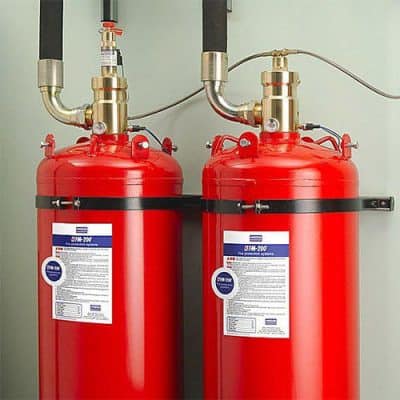Your Cart Is Empty
✖No products in the cart.
Feature and benefits


The MVWS nozzles are open type (non-automatic nozzles, designed for directional spray application), used in fixed deluge water spray system for special hazard fire protection application. The nozzles are effectively designed to apply water to exposed vertical, horizontal, curved and irregular shaped surfaces to allow cooling to prevent excessive absorption of heat from external fire and avoid structural damage or spread of fire. In some application nozzles may be installed to control or extinguish the fire depending on water design density as per applicable codes.
Foam Products encompass a wide range of products and equipment that includes firefighting foam concentrates, foam storage containers / tanks, foam monitors, foam system distribution and proportioning hardware. Firefighting foam or Foam Concentrate is used for fire suppression of flammable liquids. Its role is to cool the fire and to coat the fuel, preventing its contact with oxygen, resulting in suppression of the combustion.
Note: Its role is to cool the fire and to coat the fuel, preventing its contact with oxygen, resulting in suppression of the combustion
